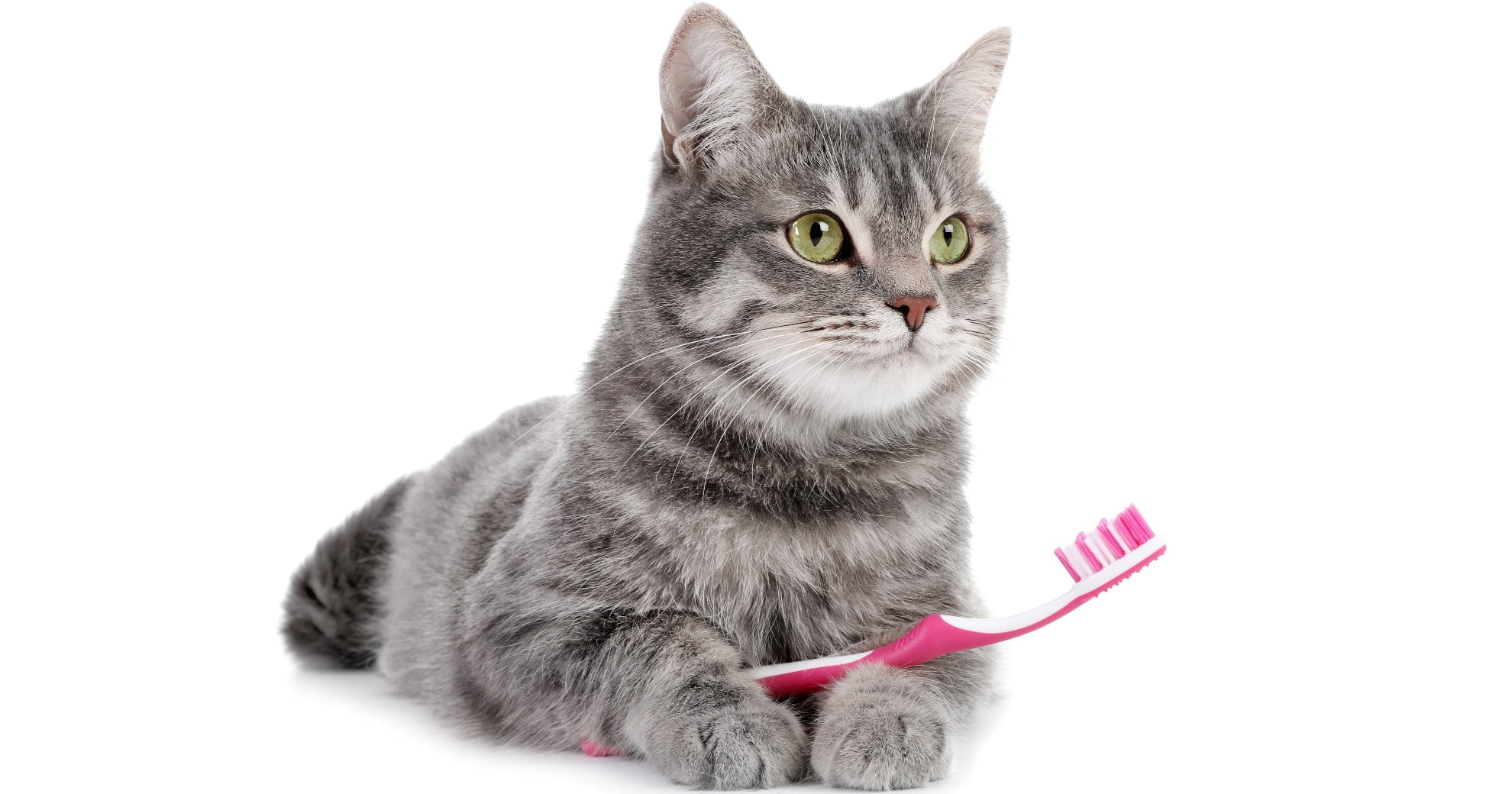LIFESTYLE & MORE

TRENDING

SIGN UP and Start Receiving
Our Monthly Newsletter,
The Chronicles
Grooming Your Cat

The grooming experience should be a positive one, and stress-free for both you and your cat, therefore it is very important to stay calm. Felines are well-equipped to tackle their own hair care needs, but if your cat is very dirty, sticky or smelly, they may need a little help. Remember, a clean cat is a happy cat!
-
Baths
- For your own protection, trim your cat’s nails before a bath.
- Give your cat a good brush to remove any loose or matted hair.
- To prevent your cat from slipping, place a rubber mat in the tub.
- Ensure that the water is lukewarm.
- Gently put some cotton in your cat’s ears to keep water out.
- Use a hand-held spray hose or a cup to thoroughly wet your cat. Take care not to spray water in your cat’s eyes, ears and nose.
- Gently massage kitty with cat shampoo in the direction of hair growth, working from head to tail. Never use human shampoo as it can dry out their skin. Avoid their face and ears.
- Thoroughly rinse the shampoo off, making sure that all residue has been removed.
- Use a washcloth with water only to carefully wipe your cat’s face. If your cat’s face is very dirty, you can use an extra-diluted solution of cat shampoo. Take care around the eyes and ears.
- Wrap your cat in a large towel and dry your pet in a warm place. If your cat does not mind the noise, use a blow dryer on the lowest setting.
- If your cat has long hair, use a wide-toothed comb to carefully untangle the fur.
- Reward your pet with their favourite treat and lots of praise.
-
Brushing
- Before brushing your cat, check out the condition of your cat’s coat and skin, as it is an indication of their overall health. When a skin problem occurs, your cat may respond with excessive licking, chewing or scratching. Your cat may break out in scabs, inflammation, dry flaky skin, rashes, swelling, skin discoloration, bald patches, or even show signs of fleas and ticks. Your cat’s skin should always be free of wounds or unusual bumps. Brushing your cat helps to remove skin flakes and stimulates blood circulation, improving the overall condition of your pet’s skin.
- One or two brushings per week will help to keep your cat’s coat healthy and regular sessions are beneficial when your cat ages and is no longer able to groom themself thoroughly.
- Use a metal comb for short-haired cats, brushing from head to tail, and always in the direction that the coat grows. Don’t forget to brush the chest and abdomen too. A rubber brush can be especially effective for removing dead hair on cats with short fur.
- Use a brush with fine wire bristles for long-haired cats. Sprinkle talcum powder over knots and using your fingers, gently tease them apart, or use a mat-splitter if the knots do not come out by hand.
- Peek under the tail to check for faeces attached to the fur and gently snip away with scissors. Also check for tan, rice-sized objects as these may indicate the presence of tapeworms.
- If your cat coughs up hairballs, despite regular brushing, or expels them in their faeces, ask your veterinarian to recommend a solution.
-
Ears
- Monitor your cat’s ears once a week for wax, debris and infection. The layer of hair on healthy ear flaps should have no bald spots, and its inner surface should be clean and light pink. If any discharge, swelling or redness appears, you should make an appointment with your veterinarian. Healthy inner ears should be pale pink, carry no debris or odour and will have minimal or no earwax. If your cat’s ears are caked with wax or a detection of odour, make an appointment with your veterinarian.
- To clean kitty’s ears, place a little bit of liquid ear cleaner onto a clean cotton ball or piece of gauze, fold your cat’s ears back gently and wipe away any debris or wax that you can see. Do not attempt to clean the ear canal as this can cause trauma or infection.
-
Paws
- Examine and clean your cat’s feet and paws regularly to make sure they are wound-free.
- Give your cat’s paws a gentle wipe once a day as unhealthy substances that stick to their feet, may end up on their tongue during grooming. Check between the toes and around the paw pads for any cuts, sores, swelling or splinters. These can be removed with tweezers, while small cuts can be cleaned. If you notice any blood, pus or unusual odour, make an appointment with your veterinarian.
- Trim hair sprouting between the toes of long-haired cats with a small pair of rounded scissors.
- Cats have sensitive paw pads and care should be taken in hot and cold weather. Moisturize paw pads with a recommended product from your veterinarian and try to avoid exposing your cat’s feet to freezing patios, hot sidewalks or other uncomfortable surfaces.
- If you notice your cat limping or cleaning their paws obsessively, make an appointment at your veterinary clinic.
-
Nails
- Trimming a cat’s claws every few weeks is an important part of maintaining their health. A quick trim not only protects you, your family and pet, it can also save your curtains and furniture.
- For an indoor cat, a scratching post allows daily self-maintenance. However, if your cat sharpens its claws everywhere in the house, you can shorten them to cause less damage.
- Choose a spot in a quiet room where your cat is relaxed. If your cat refuses to let you clip their claws, ask your veterinarian or a groomer for help.
- Do not declaw your cat.This surgery involves amputating the end of a cat’s toes and is highly discouraged. Instead, trim regularly, provide your cat with appropriate scratching posts and ask your veterinarian about soft plastic covers for your cat’s claws.
-
Mouth & Teeth
- Regular home check-ups and teeth brushing can prevent oral health risks for felines. Check for damage to your cat’s tongue, palate, teeth and gums. Gums should be firm and pink, not white or red and there should be no signs of swelling, ulcers or pus. Teeth should be clean and free of any brownish tartar and one must ensure that none are loose or broken.
- If your cat drools excessively, paws at the mouth area, or has an abnormally strong mouth odour, this may indicate digestive problems or a gum condition and should be examined by a veterinarian.
- Clean your cat’s teeth with a toothpaste formulated for felines, using a small toothbrush and cotton swabs. You can also use salt and water. Never use toothpaste designed for humans.
-
Eyes
- Your cat’s eyes should be clear and bright, and the area around the eyeball white. Pupils must be equal in size.
- Wipe any crusty gunk from your cat’s eyes with a damp cotton ball and snip away long hairs that could hinder vision. Always wipe away from the corner of the eye and use a fresh cotton ball for each eye. Do not use any eye washes or eye drops, unless prescribed by your veterinarian.
- If you notice any discharge, watering, red or white eyelid linings, tear-stained fur, crusty gunk in the corners of the eye, closed eye, change in eye colour or visible third eyelid, make an appointment with your veterinarian.
Related Articles








PLAU004-petlifeau-generic-banner-ad-set-01-FA
PLAU004-petlifeau-generic-banner-ad-set-02-FA
PLAU004-petlifeau-generic-banner-ad-set-03-FA
PLAU004-petlifeau-generic-banner-ad-set-04-FA
PLAU004-petlifeau-generic-banner-ad-set-05-FA
PLAU004-petlifeau-generic-banner-ad-set-06-FA
PLAU004-petlifeau-generic-banner-ad-set-07-FA
PLAU004-petlifeau-generic-banner-ad-set-09-FA





